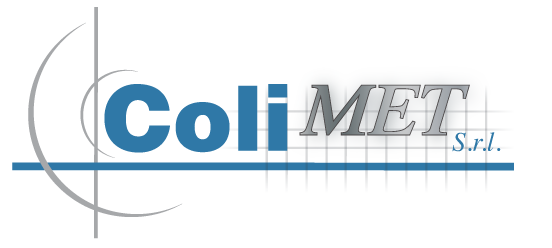The galvanizing spray is performed following some well-defined processing steps:
- Preparation of the surface
The metal surfaces must be carefully prepared so absolute removing any trace of calamine or other oxides and any pre-existing. This operation is done with an abrasive hard and sharp edges, so as to obtain rough surfaces that facilitate the adhesion of metallic zinc on the surface to protect (UNI 5102-62). The most commonly used abrasives are corundum and hematite pig iron grit sharp-edged with a grain size of 0,5+ 1,5 mm. In special cases we use the steel grit, to be rejected disappear when the roughness necessary to obtain rough surfaces are essential for bonding metal sprayed.
- Metallization zinc
The metallization must be performed immediately after preparation of the surface, so that the same is still perfectly clean, dry and non-oxidized. This is essential for the electric contact is realized, and then the anodic protection of the zinc coating compared to steel support. The duration of the coating is in function of the thickness and the nature of the corrosive environments (fig.5). protection of steel with zinc is effective in all environments where the pH is between 6 and 12,5 (fig.6).
- Specifications and Controls
The protective coating of zinc sprayed on the ferrous material is well defined and classified by the rules UNI: 5101 and 5102. The 5101 regards characteristics, classification of the coating and tests, while UNI 5102 is evidence of adherence by carving pattern rivestimento.La galvanizing spray is symbolized with an indication FZM 50; F: ferrous base, The: zinc, M: metallization, 50: minimum thickness in um. The galvanizing spray as well as the UNI is defined by the following international standards: ISO 2063; AFNOR, BS. 2569; DIN 8565; AWS.
- Application of Paints (if required)
The zinc coating is alone sufficient to protect the steel, provided that the thickness is proportionate to the corrosive characteristics of the environment in which it operates. However, in particularly aggressive environments or when there are aesthetic reasons, you should paint the metallic surface. In this way the life of the article metallic stretches of 1,5+2,3 times and respecting the aesthetic requirements and architectural requirements. A metallized surface zinc is an excellent primer for the paint, as long as you strive paints compatible with zinc and appropriate aggressiveness of the environment in which it will be mounted the paint manufatto.La, for its action covering and insulating, slows down the corrosive action of the environment on the zinc, while the latter extends the life of the paint, because the underlying zinc oxide does not increase in volume as the iron oxide: therefore does not swell the paint and does not remove it. The effect of metallization more paint is appreciable especially in the important works, where maintenance is required beyond that for the aesthetics, Also for safety reasons. In these works enough to update the single layer of exterior paint, to ensure the underlying zinc an unlimited duration. A structure is not only painted effectively protected against rust and is subject to frequent maintenance after sandblasting, with high costs and in working condition not easy.
